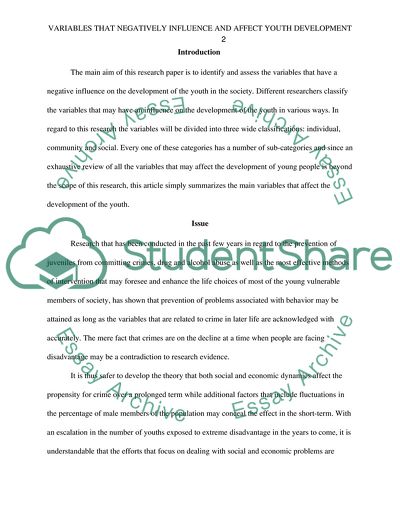Cite this document
(Variables that Negatively Influence and Affect Youth Development Research Paper, n.d.)
Variables that Negatively Influence and Affect Youth Development Research Paper. Retrieved from https://studentshare.org/psychology/1845531-what-are-the-variables-that-negatively-influence-and-affect-youth-development
Variables that Negatively Influence and Affect Youth Development Research Paper. Retrieved from https://studentshare.org/psychology/1845531-what-are-the-variables-that-negatively-influence-and-affect-youth-development
(Variables That Negatively Influence and Affect Youth Development Research Paper)
Variables That Negatively Influence and Affect Youth Development Research Paper. https://studentshare.org/psychology/1845531-what-are-the-variables-that-negatively-influence-and-affect-youth-development.
Variables That Negatively Influence and Affect Youth Development Research Paper. https://studentshare.org/psychology/1845531-what-are-the-variables-that-negatively-influence-and-affect-youth-development.
“Variables That Negatively Influence and Affect Youth Development Research Paper”, n.d. https://studentshare.org/psychology/1845531-what-are-the-variables-that-negatively-influence-and-affect-youth-development.


